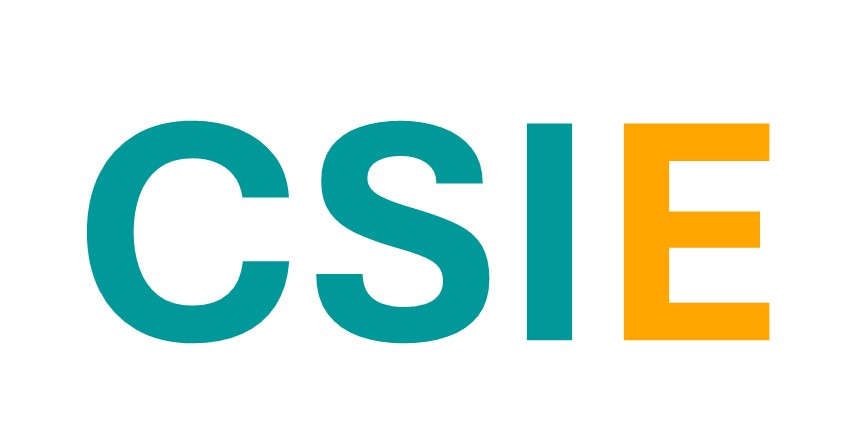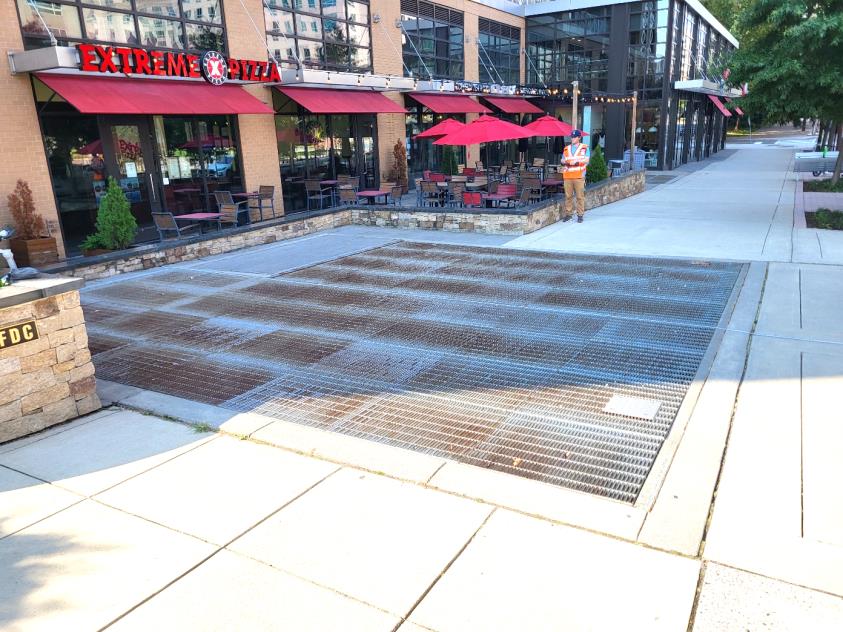CSI Engineering, Inc. was the prime contractor on an ongoing WMATA A&E IDIQ Facilities SBE Contract for Task Order ENGA-010 Emergency Egress Hatch Protections. As part of this task order, CSIE provided Project Management Services and Civil Engineering to address the potential obstruction of emergency egress hatches throughout the Metrorail System in Maryland, DC, and Virginia. The issue was first identified when a service vehicle obstructed a hatch at the Rosslyn Station. After the Rosslyn Station problem was rectified, the Safety Department conducted a system-wide pre-assessment of emergency egress hatches that resulted in identifying 33 high-risk emergency egress hatches that required further protection from blockage.
The 33 hatches are located within sidewalks, adjacent to sidewalks and medians. Since the hatches are not protected from obstructions, such as parked vehicles, there is a risk that the hatches will not be able to be opened in an emergency, trapping customers inside.
CSIE was tasked with providing Architectural and Engineering (A/E) Services to design protections for egress hatches to prevent blockage of these emergency exits. CSIE provided an appropriate level of protection given the site-specific conditions at each of the 33 locations, including signed and sealed design packages specific to each County and the District of Columbia.

